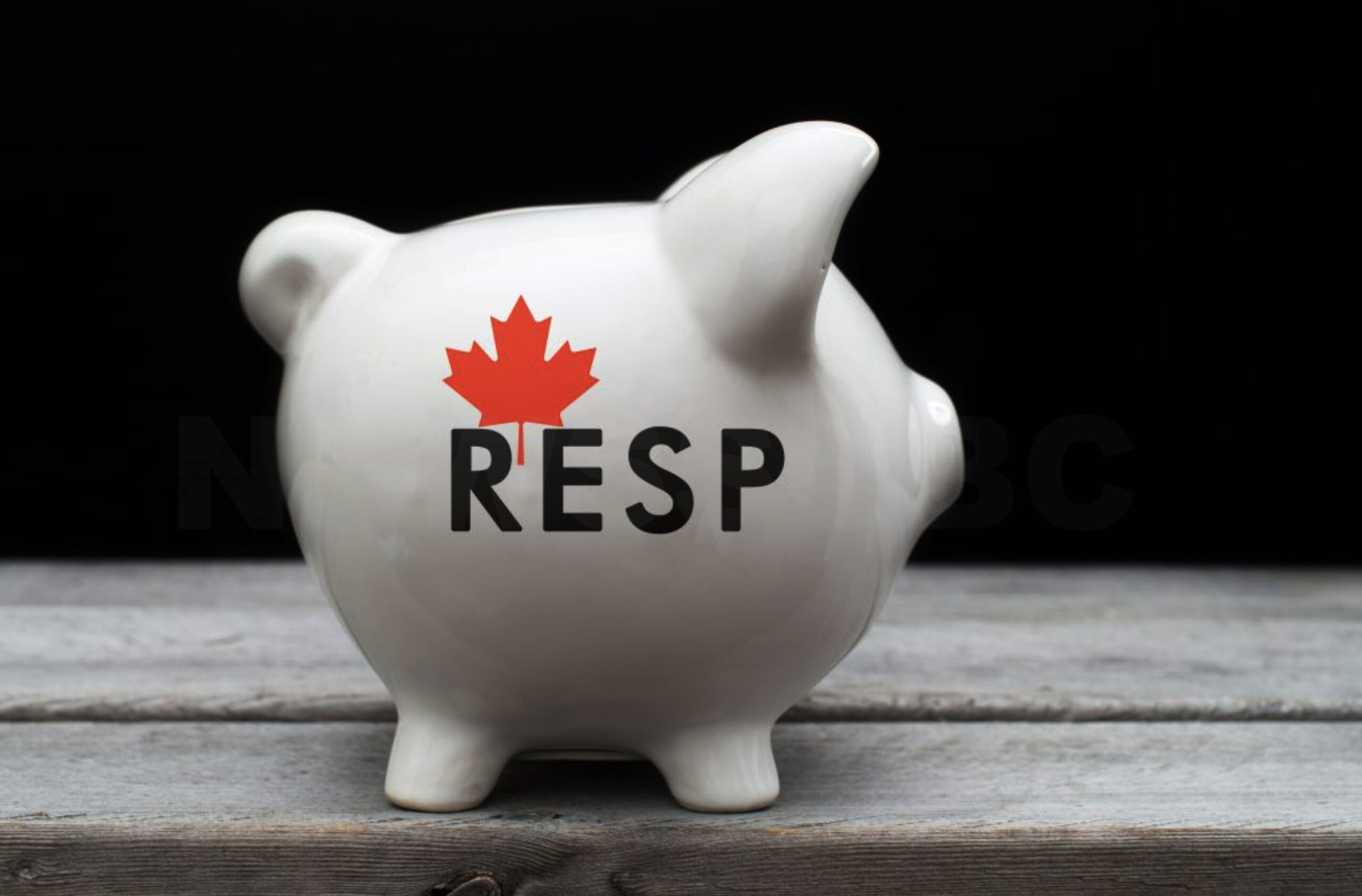Exchange – Traded Funds for Registered Education Savings Plans (RESP)

RESP – The innovation as well as establishment of Registered Education Savings Plans were purposed to help and support Canadian parents in saving money towards a post-secondary education for their bright children. A Registered Education Savings Plan (RESP) is a sort of savings account that a parent, guardian, grandparent, or any other relative or even family friend-subscriber above the age of 18 opens for a child below 18 years who is also the beneficiary as well.
Then, the RESP can be used to cover any expenses that are education-related once the beneficiary is enrolled in an eligible post-secondary program. There are, for example, tuition, books, and transportation. The Canadian government gives a grant of 20% on the first $2,500 contributed annually to a RESP, up to $7,200 lifetime in the Canada Education Savings Grant for a child. Low and middle-income families also receive up to $2,000 through the Canada Learning Bond.
Table of Contents
Benefits accruing from Post-Secondary Education Savings Plans
The post-secondary education savings plan has proved a brilliant avenue through which parents can save for the future education of their children due to a number of advantages. First, the RESP account allows parents to save funds, kept separately from their other finances, exclusively for their children’s education. Second, government grants depending on different income levels raise overall savings in the RESP. The income and profit from investment in RESP remain tax-free upon withdrawal; that is, big savings over the years. Lastly, money can be taken out tax-free to finance eligible expenses like tuition, books, and living expenses.
How does a post-secondary education savings plan work?
Funds put inside an RESP by the subscriber grow tax-free until withdrawal for education. Upon withdrawal, when the funds are taken out to pay for the education of the student, income is claimed by the student. Normally, students are in a lower tax bracket than the subscriber, which implies earnings and grants will be minimally taxed. RESP funds unutilized can be transferred to RRSP or given to another beneficiary.
In order to realize the most from a registered retirement savings plan, it is necessary to start early and contribute on a continuous basis. When choosing investments for a registered retirement savings plan, one wants to think of the child’s investment horizon combined with tolerance for risk with the capital. For example, younger children who are several years away from post-secondary education will be less hurt by a portfolio weighted more to growth-oriented assets.
Depending on the age of the child, approaching college age may dictate that some or all of the plan assets are shifted to more conservative vehicles, such as bonds, government investment certificates, or even cash.
On a registered savings plan, the ETFs are a very attractive investment opportunity by reason of their ease of use, low fees, and greater flexibility. Since most of them are often rebalanced with the underlying index, it reduces managing a portfolio.
Following are some ETFs that could form the core of an education savings plan:
1) iShares Core MSCI All Country World ex Canada Index ETF
In this plan, this ETF provides international exposure by replicating the returns of the MSCI All Country World ex Canada Index, a free-floating, adjusted market capitalization-weighted index comprised of companies representing both developed and emerging markets etc. Moreover, the fund has roughly 61% exposure to U.S. companies. Also, the other top sectors are information technology, financial services, and healthcare as well. So, the XAW ETF has an MER of 0.22%, a distribution yield of 1.65%, and a total of over 9,000 underlying securities as well.
2) iShares Canadian Select Dividend Index ETF
In this category, the iShares Canadian opt Dividend Index ETF (XDV) replicates the backs of the Dow Jones Canada Select Dividend Index. Similarly, it gives an exposure to dividend-paying Canadian equities. What is more, the index is market-capitalization-weighted and comprises companies that have been in the limelight due to their consistent trend of paying high dividends which is almost good. So, by investing in XDV, investors can take exposure to Canadian equities along with dividend income. Moreover, the management fee charged from the fund is 0.55% while the distribution yield amounts to 4.2% along with 30 underlying securities. Normally, almost half of the fund’s total assets are comprised of the different financial companies followed by utilities and telecommunications as well with 12% to 11.7%, respectively.
3) iShares S&P/TSX 60
Under this scheme, the iShares S&P/TSX 60 Index is an very good particular choice for those investors seeking broad exposure to the Canadian stock market. Moreover, this exchange-traded fund show the S&P/TSX 60 Index, which almost holds 60 of the biggest and most liquid Canadian stocks as well. And, it charges a low fee of 0.18% with a relatively attractive dividend yield too for all. In additional, the largest sectors include financials at about one-third, energy at 17%, and industrials at 13% too.
4) Vanguard FTSE Canada All Cap ETF
Inside this area, the Vanguard FTSE Canada All Cap Index ETF VCN provides exposure to large, medium and small Canadian stocks. For the long-term investor, especially those saving for children, the factor of small and mid-cap exposure is advantageous as these investments grow over a long time. About 20% of VCN’s assets are assigned to small and mid-cap companies. Last but not the least, the management charge is only 0.06% and making VCN one of the cheapest ever ETFs out there as well.
5) iShares Core S&P500 Index ETF (CAD-Hedged)
In this saving plans, the iShares Core S&P500 Index ETF CAD-Hedged gives upcoming diversification for education savings portfolios wanting exposure to the U.S. equity good market. Moreover, this ETF replicates the performance of the S&P500, which is composed of the 500 largest enterprises in the United States. XSP is listed here for regular investors who would not want to incur currency risk-the fund is hedged to the CAD. The MER of this fund is 0.10%.
6) iShares Canadian Universe Bond Index ETF
In this benefits scheme, Investors seeking to add a fixed income component for diversification could look at this ETF. The fund distributes its unit-holders a monthly cash distribution and is diversified across maturities. Roughly 38% of XBB is invested in federal bonds, 35% in provincial bonds, with the remainder in corporate bonds. Some 73% of total exposure is rated AA or better. XBB charges 0.10% annually. The current yield is 2.90%.
For these higher education savings plans, other factors to note when investing in ETFs are the expense ratios, diversification aspects, and overall investment requirements of the fund. On the other hand, ETF investors should also consider the various types available, ranging from those tracking an index that exposes a sector or region, emulating an asset class that differs from the typical one, to active management.
Also, investors should add the age of the child and future educational costs. The savings plans for younger children have more time to invest; thus, they can handle a riskier portfolio than those planned for children who are closer to post-secondary education.
Lastly, another important fee that parents should not forget relates to the higher education savings plan accounts. In addition to ETF-related fees, such accounts may impose management fees for the account or fees for contributions and withdrawals. This might be a factor to consider while shopping and choosing a low-fee plan to avoid eating into the investment returns.
Overall, higher education savings plans represent a wise way of saving for Canadian parents, aimed at their children’s post-secondary education, while benefiting from government grants and tax advantages. The use of ETFs will assist in optimizing the savings plan portfolios for the parents and ensure that their children have what they need, financially, for further education.

12 thoughts on “Exchange – Traded Funds for Registered Education Savings Plans (RESP)”